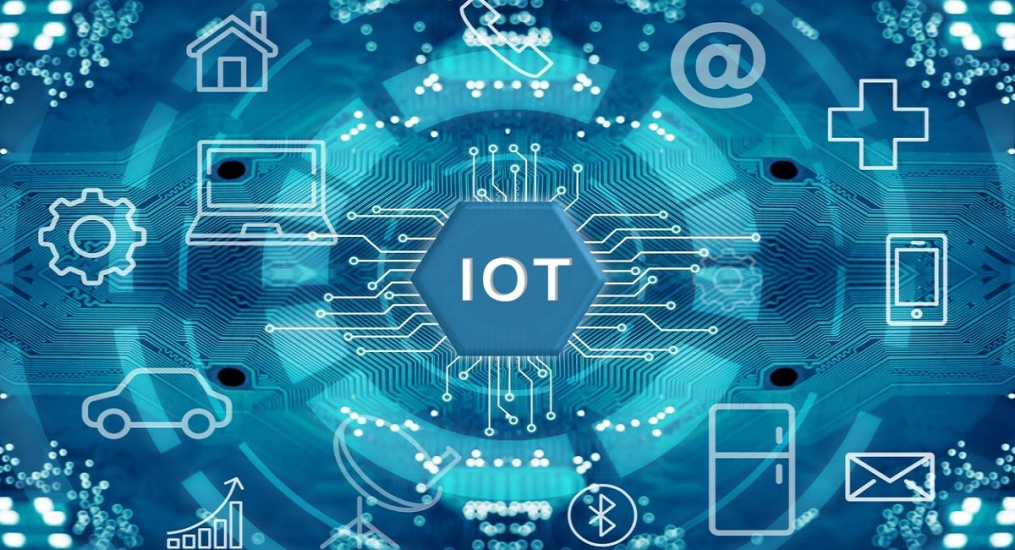
How IoT Works
- Sensors and Actuators: IoT devices are equipped with sensors that collect data about their environment, such as temperature, humidity, or motion. Actuators can perform actions based on this data, like adjusting a thermostat or turning on a light.
- Connectivity: IoT devices connect to the internet or other networks via various communication protocols, such as Wi-Fi, Bluetooth, Zigbee, or cellular networks. This connectivity allows devices to transmit data to other devices or centralized systems.
- Data Processing: Data collected by IoT devices is sent to cloud-based platforms or edge computing systems where it is processed and analyzed. This analysis can provide valuable insights or trigger actions based on predefined rules or machine learning algorithms.
- User Interaction: Users can interact with IoT systems through web interfaces or mobile apps, enabling them to monitor device status, receive notifications, and control devices remotely.